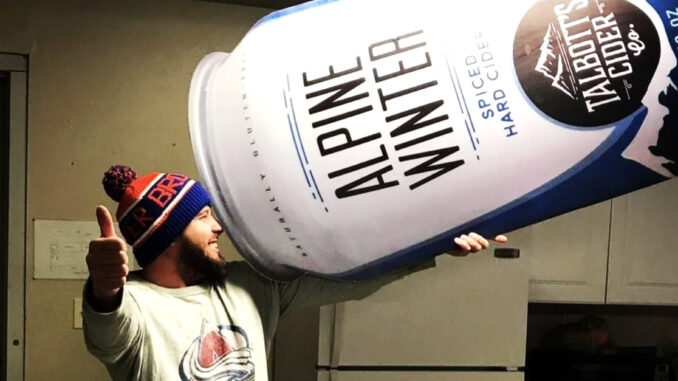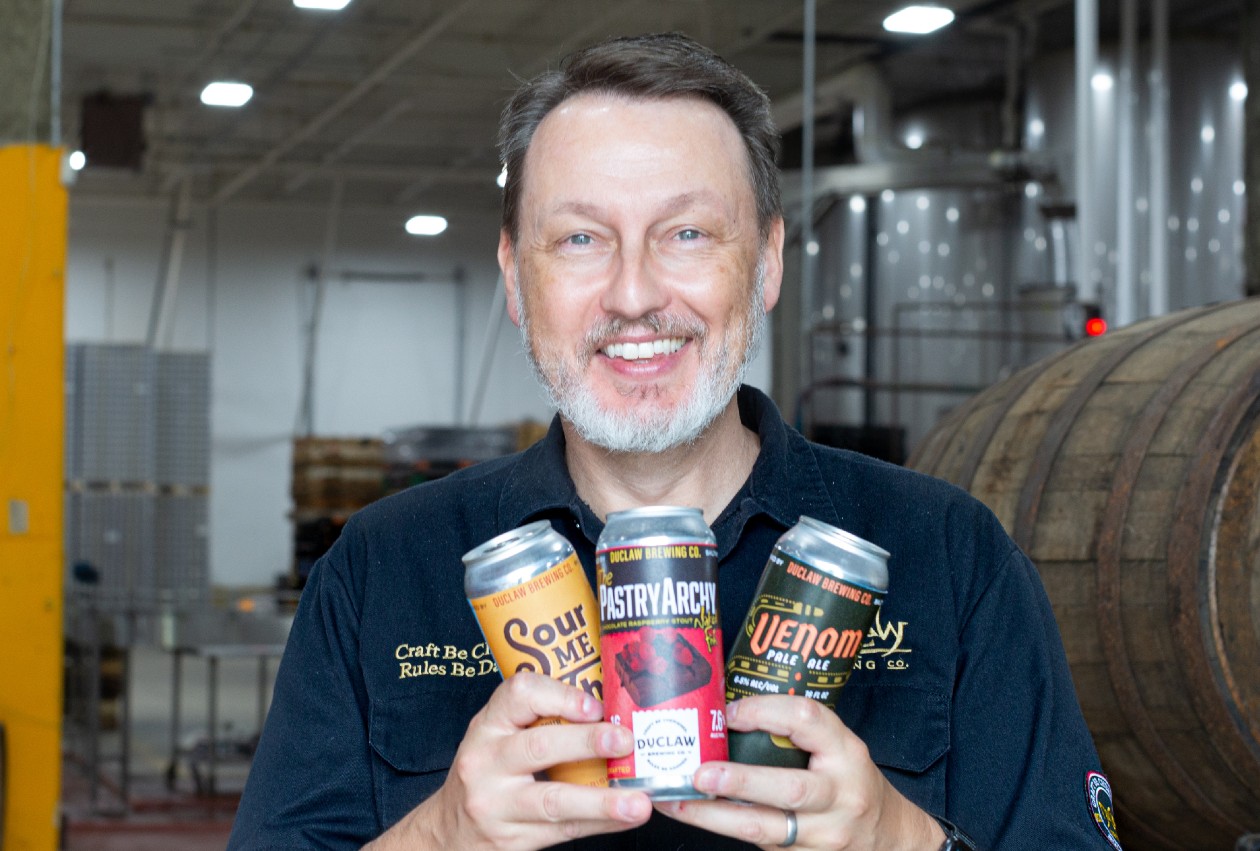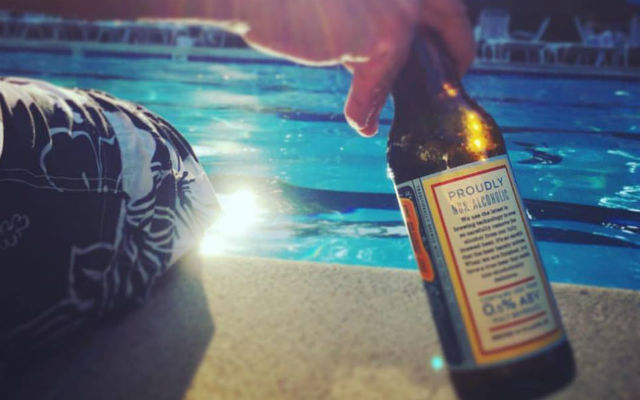
Securing placement, whether on draft or on shelves, continues to be a defining challenge for cideries vying to gain a foothold in a landscape still dominated by craft beer and well-funded national brands. Increased visibility drives sales, of course, and sales velocity justifies continued placements going forward. Yet, the route to that visibility — particularly for on-premise — is filled with persistent structural hurdles and misconceptions about consumer demand.
Transitioning from shelf space to draft lines, Aaron Sarnoff-Wood, co-founder and VP of Sales at 2 Towns Ciderhouse, said that while shelf space is highly sought after, getting a cider onto a draft line is often an even taller order.
“Craft beer is often over-indexed with many accounts having three or more IPAs and only one cider handle,” he said. “There is a misconception that having a single cider satisfies the demand.”
Sarnoff-Wood points to internal research suggesting that a second cider handle can outperform additional beer handles, especially when beer menus are already saturated with similar offerings. But convincing bar owners and managers to see cider as more than a token option remains a hurdle.
“We are all (as cideries) competing for the single handle space,” he said, “and we see a lot of rotation between suppliers and brands, which makes reliable volume more challenging.”
The difficulties continue for smaller cideries navigating draft placements. That rotation and instability are a familiar pain point.
“Securing draft placements can be a heavier lift than off-premise because taps rotate often and cider can be an afterthought in a beer-first setting,” said Tristan Wright, founder and president of Lost Boy Cider.
His team found that investing time in staff education at bars and restaurants leads to better outcomes.
“We’ve found success by educating staff so they feel confident pouring our products,” he said.
This dynamic isn’t unique. Charles Talbott of Talbott’s Cider has observed a fundamental shift since the pandemic, which forced their business to shift from 60% draft sales to just 10%. Even so, Talbott sees on-premise exposure as critical to brand development.
“We push hard in the independent on-premise sector with custom tap handles and tin tackers,” he said.
For cideries navigating a market that still tends to marginalize the category, it’s a matter of playing the long game and proving not just that your product deserves a spot, but that with the right support, it can outperform expectations.
These tactile brand elements not only create visual impact but also equip bartenders with tools to tell the brand story, which can be an essential factor in converting a sample into brand loyalty.
The challenge can be further complicated by the structure of decision-making in large corporate bar or restaurant chains.
“The biggest challenge comes with on-premise entities that make their buying decision more removed from their bar customers,” added Patrick Kwiatkowski of City Orchard. “Corporate mandates and the like” often don’t reflect what consumers in the taproom may actually want, making it harder for new cider brands to break in.
On the off-premise side, Point-of-Sale investments have proven to be a useful lever for a cidery’s visibility. That is if these POSs implemented are thoughtfully and in coordination with store-level relationships.
2 Towns has POS for both on- and off-premise applications Sarnoff-Wood said.
READ MORE: Building an Off-Prem Consumer Base
“In the off-premise, we see a lot of our opportunities are in off-planner displays… This often requires display stackers or other signage to draw attention to the product,” he said.
These efforts, when successful, can bring incremental value beyond what the distributor initially arranged.
Wright echoed the value of targeted signage.
“We’ve invested in POS like shelf talkers and cold box clings, especially for seasonal and new releases, and it has definitely moved the needle,” he said. Lost Boy tracks velocity and depletion data to guide decision-making, and even recently adjusted packaging for their flagship “Wingman” cider in response to retailer feedback. A change like switching from six-packs to more shelf-efficient four-packs and refining the label to emphasize “no sugar added” resulted in increased reorders.
Kwiatkowski added that success with POS isn’t just about printing materials, it’s about building influence with the right people.
“The trick is to get store buyers to place it in their stores, if it is even possible,” he said. “Working closely with your distributor reps and the store stewards is key.”






4 Trackbacks / Pingbacks